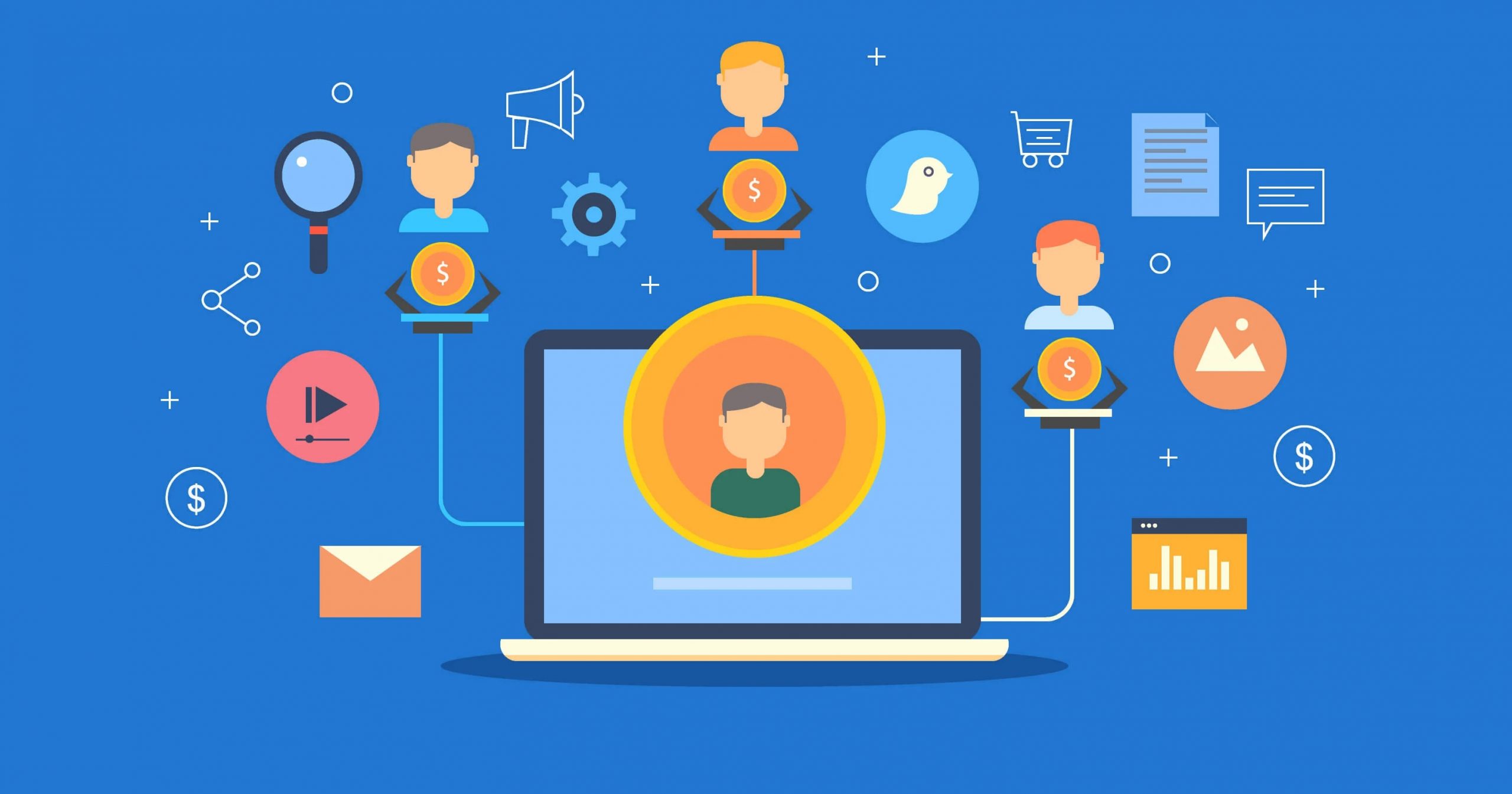We all know of instances where individuals have fallen victim to the digital barrier. Those that were born before 1990 weren’t brought up surrounded by technology, and this pattern continues to increase as the years go on, with those born after the millennium being the first cohort to be surrounded by technology in their upbringing.
Maplewave, whose revolutionary customer experience software which has transformed the way in which we do our shopping, have lent their expertise on how we can provide a helping hand when it comes to the elderly learning technology.
The digital divide
Both an economic and social inequality, the digital divide is becoming an increasing problem not only for the elderly but for all generations. Although once it was due to financial inequalities disabling the access to technology, it has now shifted towards a knowledge gap. Once connected to their devices, the information presented to them instantly becomes a barrier.
There is a huge effort to develop new innovations in technology but those with the necessary skills for the job are lacking in numbers. Thus, creates the digital gap, where the demand for digital skills has outstripped the supply. With predictions that within 20 years, 90% of all jobs will require an element of digital skills to a sufficient degree, so the efforts to bridge that gap is gaining pace.
Grasping new technology
It’s easy for the younger generations to grasp new developments in technology as it’s all we’ve ever known, we know the processes inside and out and can adapt out intuitiveness to suit the seemingly perpetual developments.
So, for those that didn’t go through childhood and adolescence whilst the digital boom was underway, learning about what the latest technology has to offer can be an intimidating experience. Generation X would’ve felt intimidated by the thought of learning how to use Microsoft Excel, now, it’s more virtual reality, voice activated domestic robots and wireless charging.
A great way of bridging the gap between developments is building on existing knowledge. If the senior is already familiar with an aspect, use analogies like referring links to webpages to roads to other cities or web addresses to street addresses.
Language of the internet
Implementing technologically-orientated words such as selfie or emoji may have reluctantly made their way into the Oxford Dictionaries at the displeasure of traditionalists, but that’s an indication of how much influence the internet has had on our lexicon contemporarily. As digital natives, we have adopted this as if it were a second skin, so when it comes to communicating with the elderly on the topic of technology, be sure to use simplified language.
Although using jargon is usually deployed to make the explanation process more concise, it’ll stall or confuse the listener and cause the teaching to slow down.
The importance of tech for seniors
With an estimated one in five over 50’s feeling as though they are being left behind by technology, it’s important for that demographic, which makes up a large chunk of any nations population, to begin coming to terms with the digital revolution. With fears that millions of over 50’s are struggling with economic inactivity as a result
It goes beyond just the financial aspects too, elements of loneliness and feeling out-of-sync with family members can often occur if the older generation hasn’t yet made the switch to the likes of Skype, Facetime or even WhatsApp. All of which being visual or verbal communicative apps where users can video or message each other from anywhere in the world providing they have a stable internet connection. It’s especially great for family times like Christmas or birthday’s if one of the family members is away travelling for leisure or work.
Although generally we welcome fresh innovations with open arms, it is worth noting that the consumers don’t move as quickly to match the pace.







